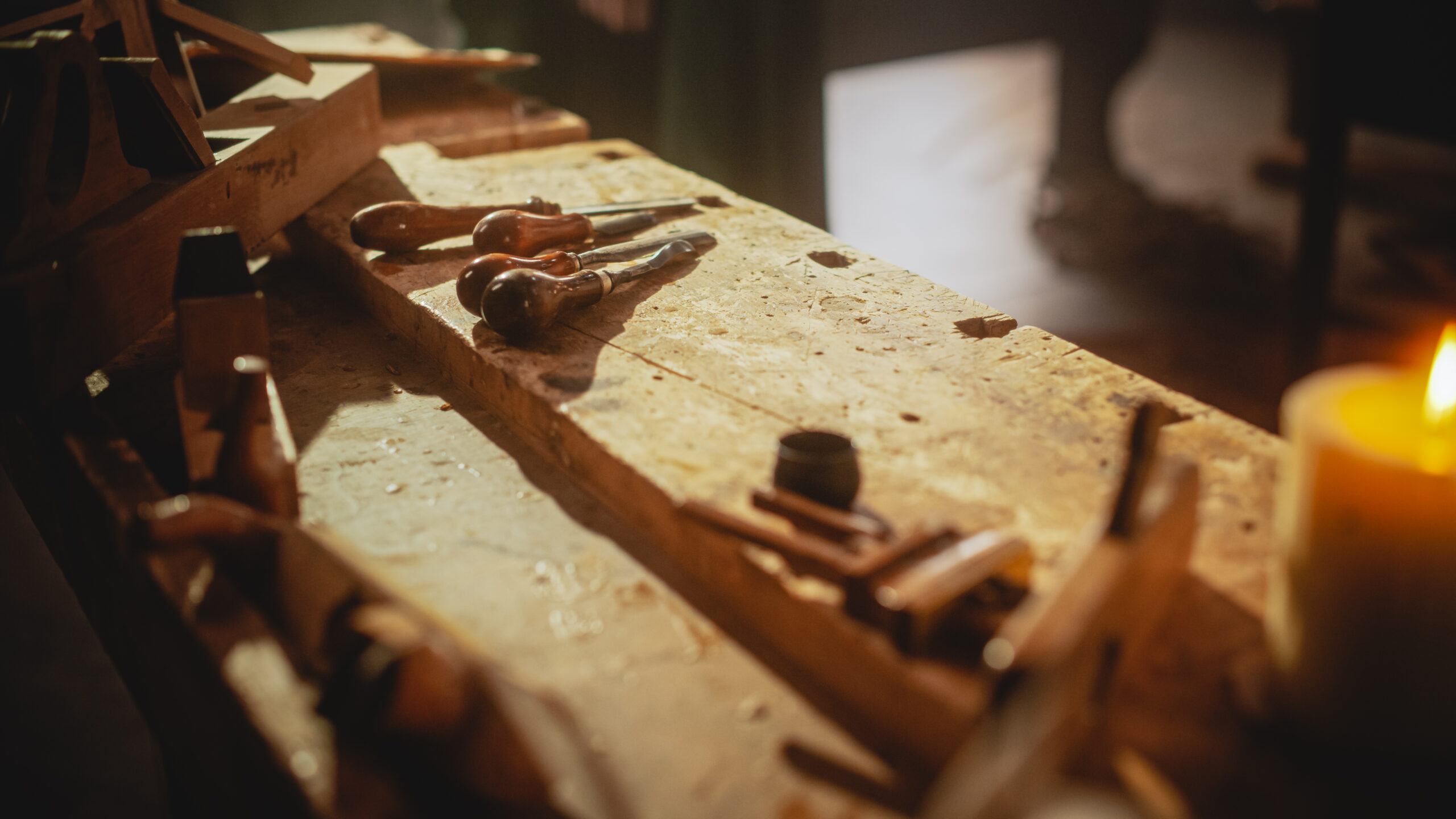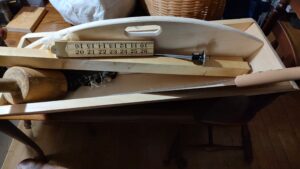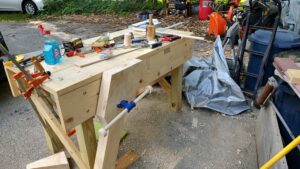I’m Very Disappointed in You
I’ve been a teacher for 38 years. I still remember when I was taking my education classes early in my career, and my conservative uncle, who was a school superintendent in the Chicago suburbs, gave me a bit of advice that stuck with me. He said, “Do not join a teacher’s union.” At the time, I didn’t fully understand what he meant. I guess I was too young and idealistic. But now, decades later, I understand exactly what he was trying to warn me about.
Over the years, I’ve gone back and forth on union membership. Sometimes I joined the NEA (National Education Association), sometimes I didn’t. If there was no pressure, I stayed out. If everyone else around me was joining, I’d go along with it. For the past 15 years or so, I’ve been a member off and on. But this year, as I prepare to move to a new school in a larger city where nobody knows me, I’ve made a clear decision: I will not be joining the teachers’ union again—especially after what I’ve seen recently.
In the past few weeks, I’ve read several articles that left me stunned. One headline from the Washington Free Beacon hit me like a ton of bricks: “Largest Teachers’ Union in the United States Erases Jews From the Holocaust.” According to the article, the NEA described Holocaust victims as “12 million people from various faiths”—never once mentioning the systematic extermination of the Jewish people. That omission is not just disappointing—it’s disgraceful.
It’s become increasingly clear to me that the NEA is no longer focused on students, academics, or educational excellence. Their priority now seems to be pushing political and ideological narratives. I’ve read how they’ve voiced support for groups aligned with Hamas and use language that downplays the suffering of Jewish people while glorifying the Palestinian “Nakba” and vilifying the state of Israel. According to their 2025 handbook, they want to “educate” the public about the Nakba, which literally means “catastrophe,” framing the founding of Israel in 1948 as a disaster rather than a historic triumph for the Jewish people and a vital democratic ally of the United States.
This is not why I became a teacher.
I’ve also seen videos from PragerU, like the story of a gym teacher who was fired because she wouldn’t allow a biological male to enter the girls’ locker room. She was then investigated simply for expressing Christian beliefs in her personal life. They actually questioned whether her faith could be “accommodated.” This isn’t just anti-education. It’s anti-freedom.
I am deeply disappointed, not just in the NEA, but in how so many educators have fallen in line with an agenda that is increasingly radical, anti-patriotic, and anti-Israel. The NEA has strayed far from its mission. It is now a political machine, not a professional organization serving teachers and students.
As someone who has dedicated nearly four decades to education, I feel disillusioned. I love my country. I support Israel. I believe in the importance of free speech, faith, and honest history. But I can no longer support an organization that undermines these values.
So goodbye, NEA. I’m walking away—with a clear conscience and my eyes wide open.












